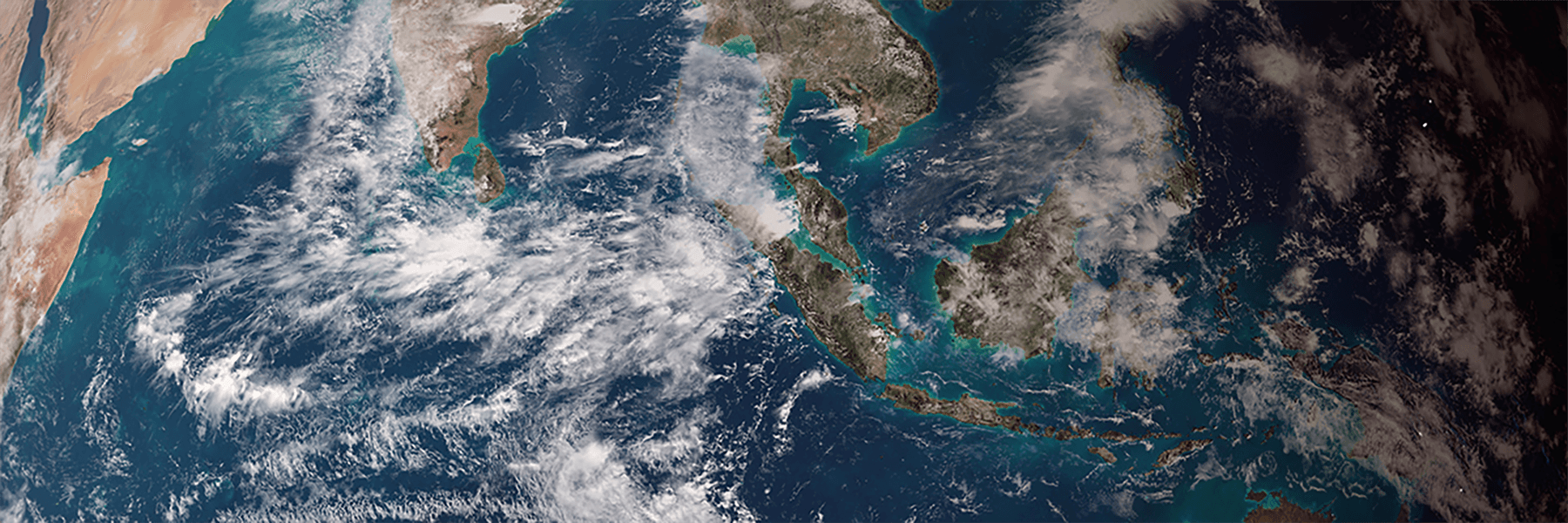Skillful climate forecasts of the tropical Indo-Pacific Ocean using model-analogs

Global climate models, which represent the state of the atmosphere, ocean, sea ice and land surface, are now being used to make forecasts out to a year or more. Errors in climate models and the difficulty in initializing models at the start of the forecast, have significant impact on prediction skill. Initialization shock, an imbalance between the observed initial state and the concurrent model state, can degrade the skill of seasonal forecasts. Some early weather forecasts used analogs, in which days were selected when the state of the atmosphere was similar (analogous) to the present day’s weather, and then the weather forecast was simply based on how the analogs evolved over the subsequent days. The analog method avoids initialization shock, but it is difficult to find analogs close enough to the current state of the weather with short observational records. In a new study to be published in the Journal of Climate, CIRES and NOAA researchers explore a “model-analog” approach for improving forecast skill. This technique initializes each forecast directly from a pre-existing very long model run, by finding the model states that best resemble the observations at the initialization time. This process immediately yields the forecast, without the additional steps that would be needed to generate more traditional model forecasts. The researchers tested this analog approach on four of the eight climate models that comprise the North American Multimodel Ensemble (NMME) seasonal prediction system. Retrospective forecasts, or hindcasts, were then made for the tropical Indo Pacific region, with lead times of 1-12 months from 1982-2015. The analog method was on par or even slightly better at predicting El Niño than the initialized NMME forecasts.
The researchers showed that the forecast skill of these model-analog hindcasts is comparable to those of the initialized NMME hindcast ensembles. In the eastern equatorial Pacific, the model-analog hindcast forecast skill actually exceeded that of the NMME.
This study suggests that with little additional effort, sufficiently realistic and long climate model simulations provide the basis for skillful seasonal forecasts of tropical Indo-Pacific sea surface temperature anomalies. The model-analog method could provide a baseline for forecast skill when developing future models and forecast systems.
Authors of Skillful climate forecasts of the tropical Indo-Pacific Ocean using model-analogs are: Hui Ding, Matthew Newman, and Michael Alexander of ESRL's Physical Sciences Laboratory, and Andrew Whittenberg of the NOAA Geophysical Fluid Dynamics Laboratory.
Global climate models, which represent the state of the atmosphere, ocean, sea ice and land surface, are now being used to make forecasts out to a year or more. Errors in climate models and the difficulty in initializing models at the start of the forecast, have significant impact on prediction skill. Initialization shock, an imbalance between the observed initial state and the concurrent model state, can degrade the skill of seasonal forecasts. Some early weather forecasts used analogs, in which days were selected when the state of the atmosphere was similar (analogous) to the present day’s weather, and then the weather forecast was simply based on how the analogs evolved over the subsequent days. The analog method avoids initialization shock, but it is difficult to find analogs close enough to the current state of the weather with short observational records. In a new study to be published in the Journal of Climate, CIRES and NOAA researchers explore a “model-analog” approach for improving forecast skill. This technique initializes each forecast directly from a pre-existing very long model run, by finding the model states that best resemble the observations at the initialization time. This process immediately yields the forecast, without the additional steps that would be needed to generate more traditional model forecasts. The researchers tested this analog approach on four of the eight climate models that comprise the North American Multimodel Ensemble (NMME) seasonal prediction system. Retrospective forecasts, or hindcasts, were then made for the tropical Indo Pacific region, with lead times of 1-12 months from 1982-2015. The analog method was on par or even slightly better at predicting El Niño than the initialized NMME forecasts.
The researchers showed that the forecast skill of these model-analog hindcasts is comparable to those of the initialized NMME hindcast ensembles. In the eastern equatorial Pacific, the model-analog hindcast forecast skill actually exceeded that of the NMME.
This study suggests that with little additional effort, sufficiently realistic and long climate model simulations provide the basis for skillful seasonal forecasts of tropical Indo-Pacific sea surface temperature anomalies. The model-analog method could provide a baseline for forecast skill when developing future models and forecast systems.
Authors of Skillful climate forecasts of the tropical Indo-Pacific Ocean using model-analogs are: Hui Ding, Matthew Newman, and Michael Alexander of ESRL's Physical Sciences Laboratory, and Andrew Whittenberg of the NOAA Geophysical Fluid Dynamics Laboratory.